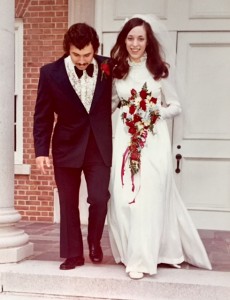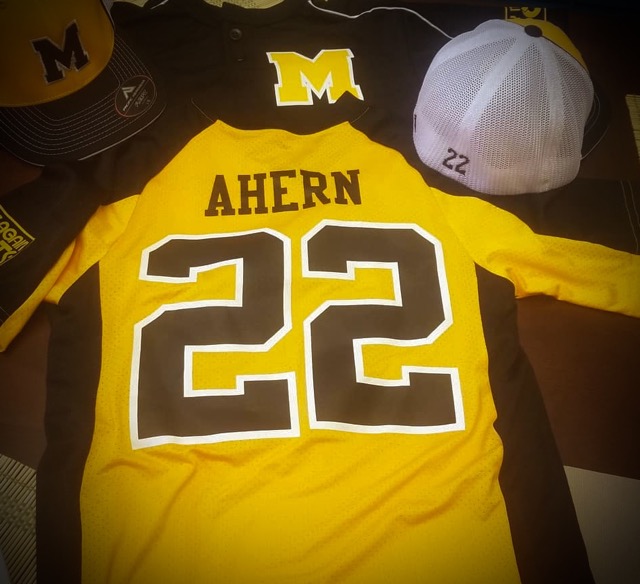Let me first apologize for such an uncharacteristically lengthy post. My initial intent was simply to write a little something about the importance of team uniforms. But I discovered some interesting and perhaps little known facts about the history of MLB uniforms, so I’ve included them here for your enjoyment.

The Indians have two jerseys – gold and black – and wear their pants both long and short, but all players wear the same “uniform” (style and color) in the same game.
The first official baseball game was played in 1846, but no team wore a team uniform until three years later. The first baseball uniforms were made of uncomfortably heavy fabrics such as wool and flannel, which may help explain why full length pants quickly gave way to baggy knicker-style pants. (Some say it was to reveal more “leg” so that women would be more enticed to come to games!)
Around 1900 all MLB teams were wearing team uniforms following a failed experiment where each player wore a different colored outfit based on his position, this in an attempt to help scorekeepers attribute errors to the correct players. Can you imagine how confusing that must have been?
Colored socks were part of the uniforms in the early days of baseball. Stirrups, which began to decline in 1990s when a few key players started wearing their pants down to their shoes, came into existence in the early 1900s after a player got blood poisoning from being cleated through his dyed sock. Dyes back then were not colorfast and it was believed that the dye seeped into the wound causing infection. So a white “sanitary” sock worn with a stirrup – a separate colored covering that had a cut out around the ankle (so that players could still fit into their cleats), was introduced. The opening of the cut out was intentionally small so that the sock still appeared to sport the team’s colors, stripes or logo.
In the 1920s, numbers were placed on the backs of jerseys. And as more games were televised, players’ names also appeared on jerseys, and home and away uniforms were issued.
So there you have it – a snapshot look at the evolution of baseball team uniforms! Although many things changed over the years, someone figured out early in the game’s history the value of team uniforms:
- They help visually distinguish competing teams and identify players.
- They foster team spirit, pride and unity.
- They create a sense of player equality.
And until the 1990s, players seemed to appreciate these values as evidenced by their universal compliance with the dictionary definition of the word “uniform”: “having always the same form, manner, or degree : not varying or variable.”
Sadly, today it’s become common to see “variation” in team uniforms (I think we call that an oxymoron) – particularly both long pants vs. knicker style pants being worn during the same game by players on the same team. This is allowed to happen despite the fact that the Official Baseball Rules state that:
- “All players on a team shall wear uniforms identical in color, trim and style.”
- and that “No player whose uniform does not conform to that of his teammates shall be permitted to participate in a game.”
Last time I checked, pants were part of the uniform, and “style” meant a manner of doing something, a distinctive appearance. So to me, wearing pants in a different manner violates both the letter of the law and the spirit of it.
Rules aside, many fans say that they don’t like the long pants – it looks sloppy. Others argue that pants worn at the knees help umpires see the strike zone more consistently, but there’s no hard evidence to support that. Interestingly though, umpires once fought against the long pants because THEY felt it made it harder to see the strike zone (which ends at the knees). And it’s also said that Leo Durocher told Willie Mays during a hitting slump to pull his pants up to his knees because he thought it was costing him strikes. Mays got two hits the day after he did as his manager asked - so you be the judge.
I personally don’t have a strong opinion about long pants vs. short pants. I do have one about the uniformness of uniforms. Our coaches must too. They apparently appreciate the value of a team “uniform” and adhere to the dictionary meaning of the word as well as the official rules of the game. But they also appreciate that players may have varying preferences about how they like to wear their pants. To accommodate this “variable,” for some games our players collectively decide to wear long pants; for some games they decide to wear short pants – but they ALWAYS ALL wear their pants the same way in the same game. This does not vary. They look like a team. They play like a team. Maybe we’re on to something!



